Classy and Practical: A Guide to the Different Types of Polo Shirts
Guide to the Different Types of Polo Shirts
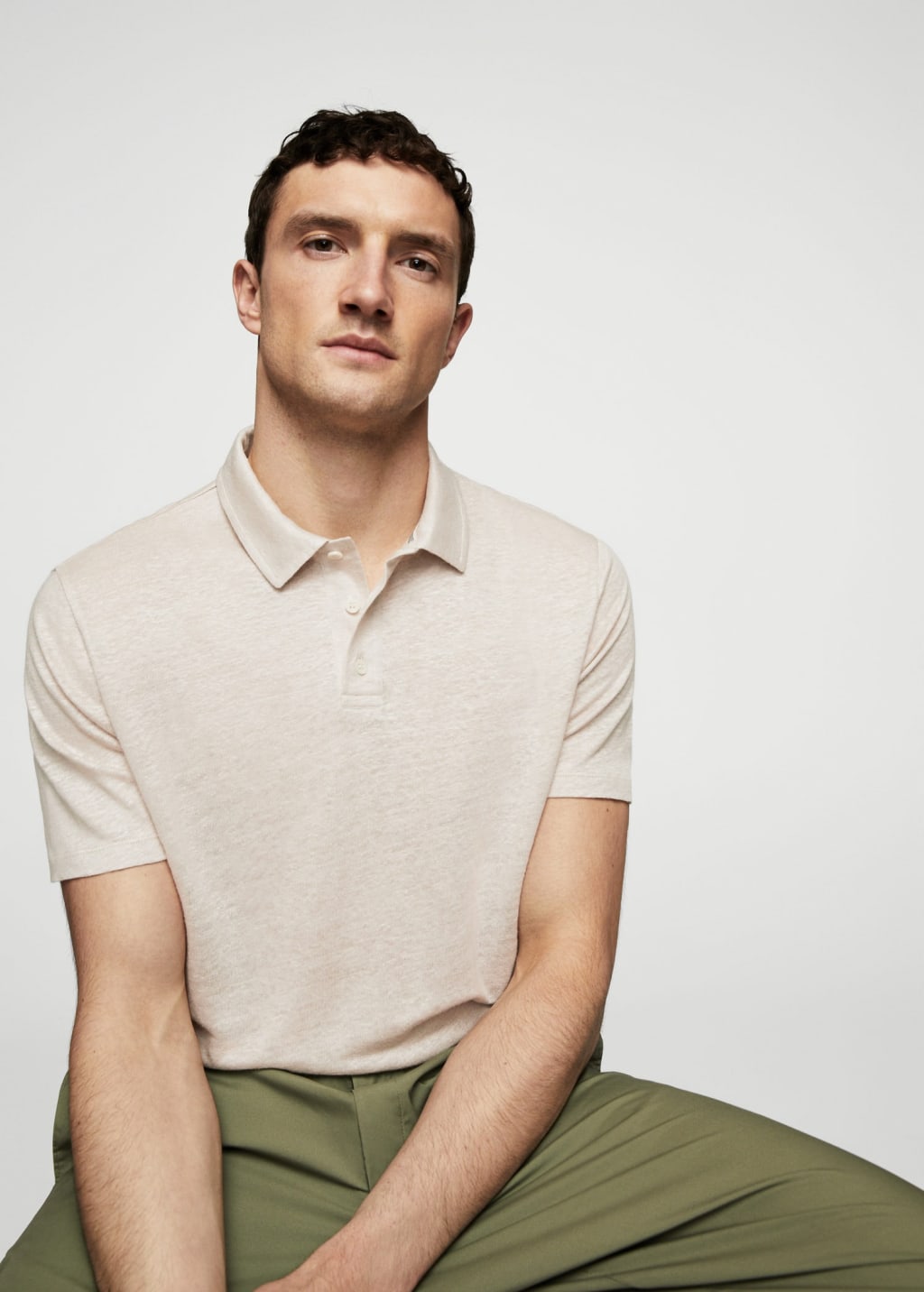
It is believed that the first ever polo shirts have appeared in the late 19th century in Manipur, India. This is where British soldiers together with British tea planters were playing the aptly named sport - Polo. The thick, long sleeved cotton kits were replaced with collared shirts which had the collars buttoned down to prevent them from flapping in the air. This led to the introduction of the first ever formal button-down shirt by the Brooks Brothers firm which call this shirt the original polo-shirt to this day. The polo shirt then transcended into the tennis culture.
Again, the shirts tennis players wore back in the early 1900s were button-up, long sleeve shirts that were worn by having the sleeves rolled-up. Jean Rene Lacoste was the man responsible for making the modern day polo shirt. The French tennis legend went with short sleeves and an unstarched collar ignoring the trend that its cotton counterpart had set. Today there are polo shorts made out of different materials and fabrics but the overall design has stayed mainly the same over the years.
Polo Shirt Fabrics
Knitted vs Woven

Weaving requires interlacing long threads together horizontally and vertically to make a fabric. Although this type of fabric is usually cotton and denim it is actually used in the making of polo shirts. A more common way of making polo shorts is with knitting. When you buy polo shirt, chances are that it's going to be knitted which means that multiple threads had been used to make stitches of yarn. This type of fabric allows for more flexibility.
Jersey vs Pique

Pique is a fabric that was first used in Rene Lacoste's shirts and it became the most widely used fabric due to its breathability, durability and flexibility. The iconic waffle/ honeycomb design is a geometric knit that can be made from two types of threads. This allows manufacturers to cut down on costs by combining a higher quality knit with a lower quality knit or to make the fabric stronger. Double knit pique also allows manufacturers to combine different colour textiles to create a singular effect.
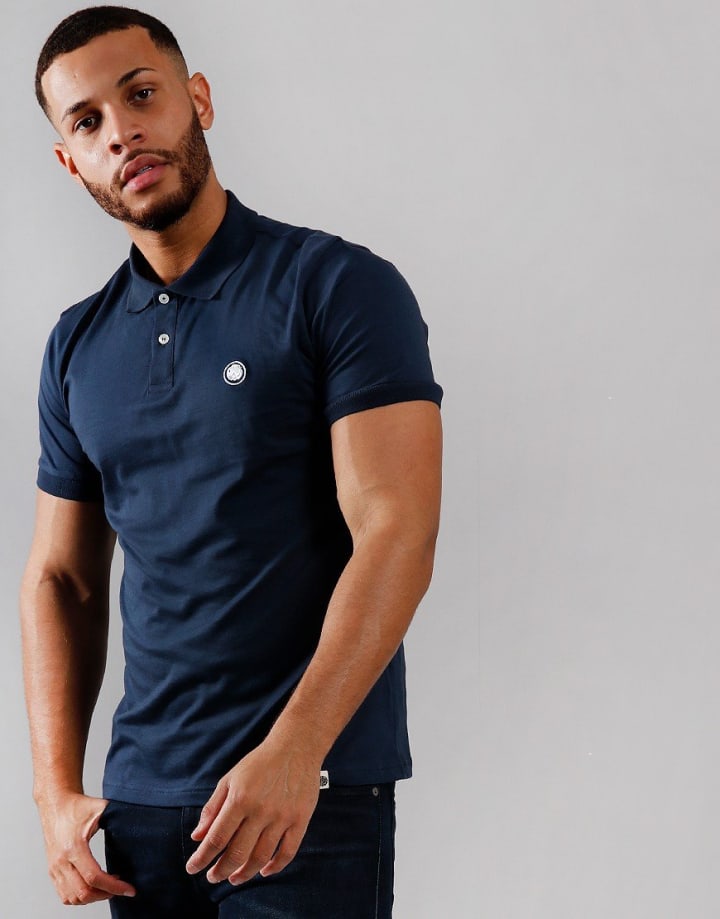
Jersey fabric has a soft texture and it is more suitable when doing physical activities. This type of fabric was popularised by Coco Chanel when she first used it for outerwear. Jersey fabric is mostly used for t-shirts as it is elastic and it feels lighter than pique. If you want a slim fitting and stretchy polos, those made of jersey fabric will be the best for you.
Polo Shirt Materials
Linen
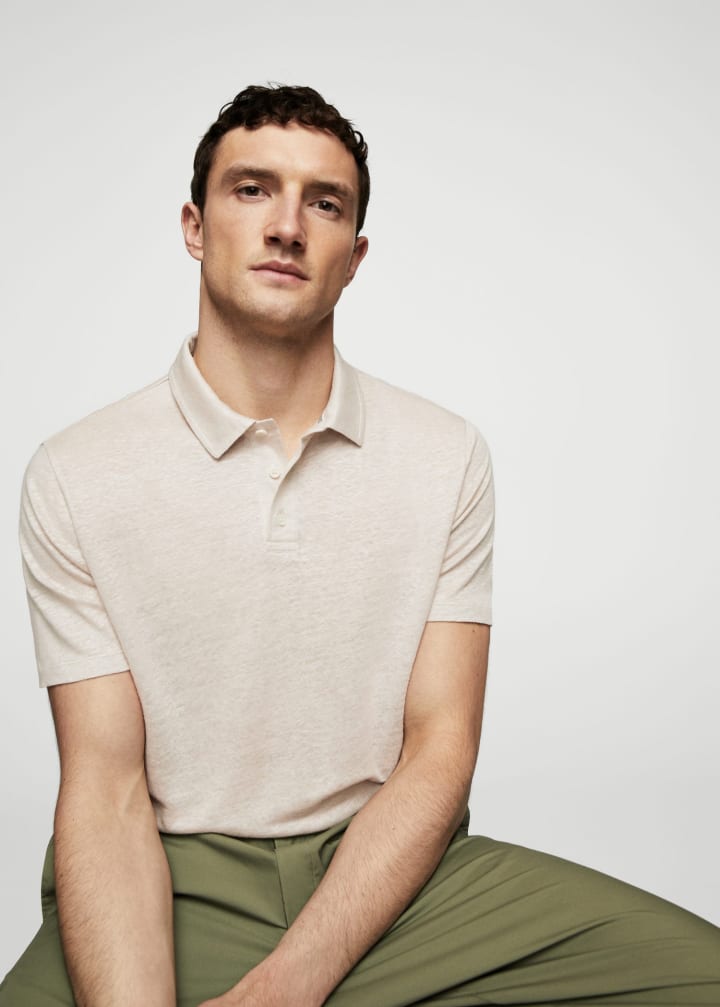
Linen has become more and more popular with knitwear including polo shirts too. While the material is tougher than cotton it adds a crisp look and some subtle and cool looking wrinkles. When it comes to a polo shirt linen is recommended in blends if you want to get the most out of that crinkly look.
Silk
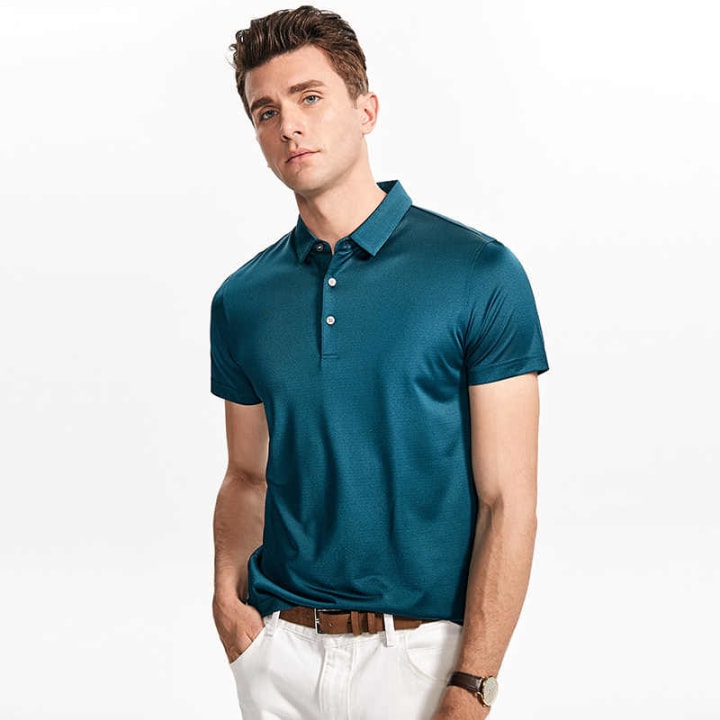
Silk is a shiny fabric that makes for polos that are light and comfortable to wear. Pure silk in itself is not a good polo shirt material, however it is recommended that you buy polo shirt combined with linen or cotton.
Cotton

A pure cotton polo shirt is breathable, has decent durability and excellent moisture-wicking capabilities. Cotton polos are the most common nowadays thanks to their affordability but not all of them offer the aforementioned features.
Polyester

While they don't offer a lot of breathability, polyester shirts are not going to wrinkle and are resistant to staining too. If the cheap look and sweat are not a big deal for you, polyester polos are the perfect choice.
Performance
This type of polo shirt is meant for athletes as it comes with UV protection and has silver added to the material to reduce odours. Lightweight synthetics or blends are at the core of these shirts and they are usually meant for the golf course or when you're exercising.
Blended
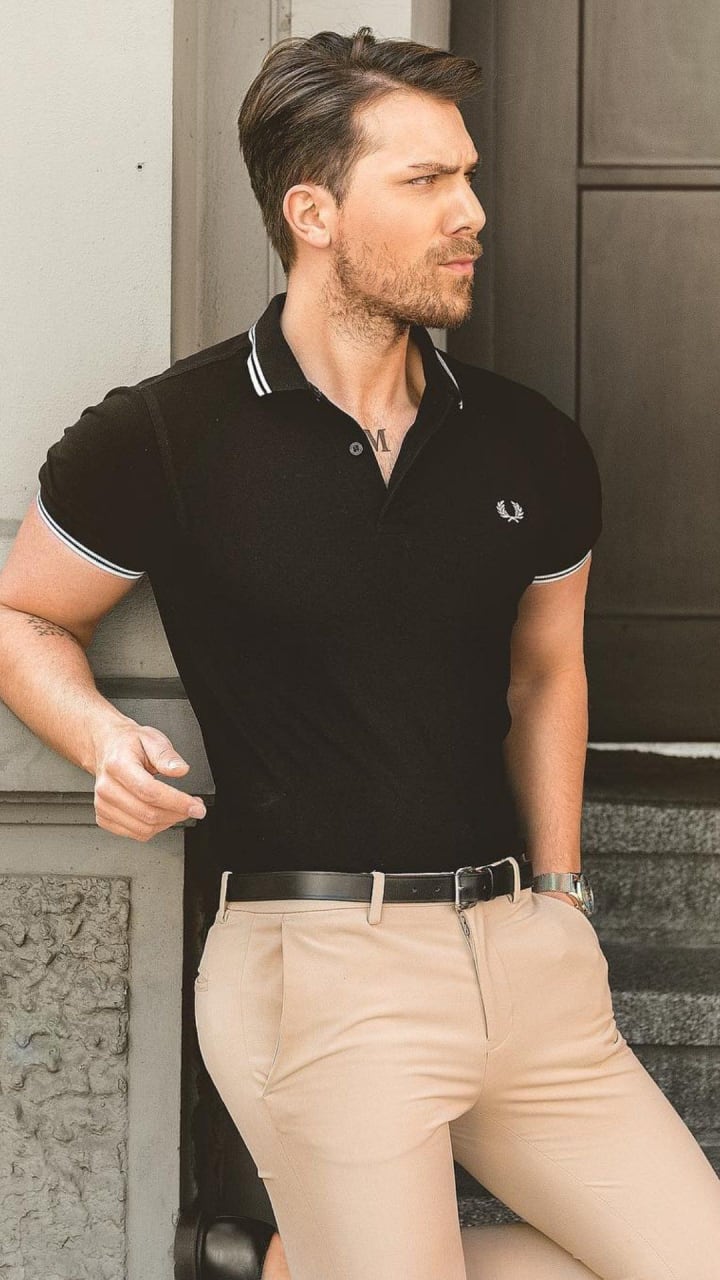
These polos are made of different synthetics blended into one fabric. They offer solid stain resistance and durability and come with a low price point. While they are less comfortable and not as breathable blended polos are great for corporate polo shirts or as grocery store uniforms.
Polo Shirt Fit
Length
The length will depend on how you wear a polo shirt. If you have it tucked in, the shirt should not go over you buttocks or your fly - a polo shirt is longer in the back. If you are going to wear it untucked then it should be sitting below the waist band.
Width & Sleeves
The width of a polo shirt should match the width of your shoulders with the shoulder seams sitting on the shoulder bone. The sleeves should go halfway down or two-thirds on the way to your biceps. If you get a polo shirt with sleeves shorter than that it will look vintage and longer will make it look too trendy. A slim fit in the sleeves is recommended.
Slim, Classic & Custom Fit
Talking about fit there are three ways you can go with slim being the perfect choice for those of you who are in good shape. These polos have a shorter back and front hem and the trimmest fit when it comes to the sleeves and torso. A classic fit polo shirt will have lower armholes with sleeves that go down to the elbow. This type of shirt has a very relaxed drape over the longer back hem and torso. A custom fit shirt is something between a slim and classic fit shirt. Custom fit shirts have a shorter sleeve length, higher armholes and a trimmer fit against the torso. The back and front hem are a little bit shorter than those on a classic fit but longer than those on a slim fit shirt.






Comments
There are no comments for this story
Be the first to respond and start the conversation.